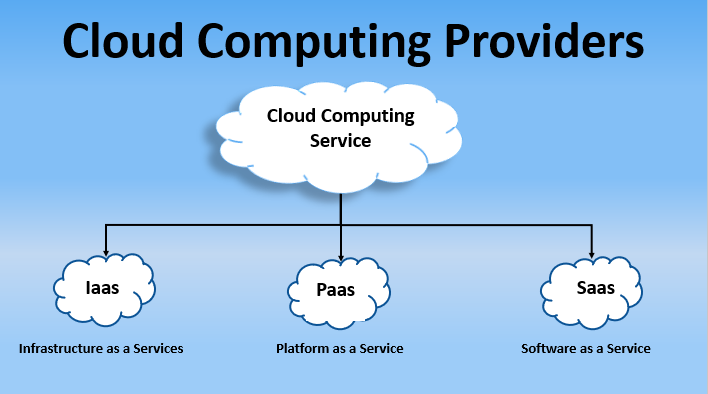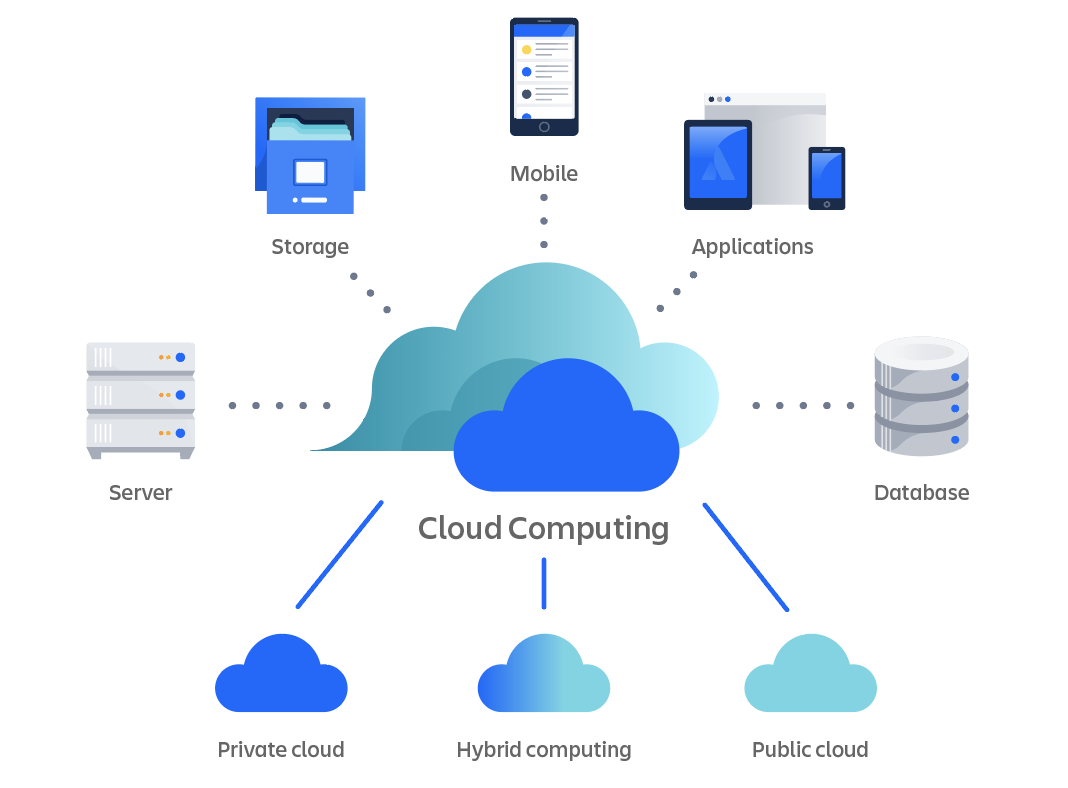LinkDaddy Cloud Services Press Release: Announcing New Characteristic and Enhancements
LinkDaddy Cloud Services Press Release: Announcing New Characteristic and Enhancements
Blog Article
Achieve Seamless Scalability With Cloud Solutions
In the ever-evolving landscape of cloud solutions, achieving seamless scalability stands as a foundation for modern-day companies looking for to stay versatile and affordable. The mission for smooth scalability with cloud solutions introduces a world of opportunities for those ready to accept the transformative power of dynamic resource administration.
Advantages of Cloud Scalability
Cloud scalability supplies companies the adaptability to dynamically adjust resources based on need, guaranteeing optimum efficiency and price efficiency. One vital benefit is the capacity to scale sources up or down promptly in feedback to varying work. This dexterity makes it possible for organizations to meet changing consumer needs without over-provisioning sources, ultimately bring about set you back financial savings. Scalability also boosts efficiency by guaranteeing that systems can deal with enhanced traffic or workload without experiencing downtime or stagnations. By successfully alloting sources, companies can keep high levels of efficiency during peak times without unneeded costs throughout quieter durations. In addition, cloud scalability promotes development and testing by allowing companies to conveniently test new concepts and range them as needed. This versatility encourages a society of constant enhancement and adaptation, making it possible for organizations to remain competitive in a quickly evolving market landscape. Eventually, the advantages of cloud scalability expand past expense financial savings to incorporate better performance, dexterity, and innovation.
Key Attributes for Scaling
Effective scaling in cloud services counts on vital features that enable organizations to adjust resources dynamically based upon need. One crucial attribute for scaling is elasticity, permitting resources to scale up or down in reaction to fluctuating work. This makes sure that organizations can meet performance requirements without over-provisioning sources. An additional crucial feature is scalability, allowing systems to manage raised work by including resources perfectly. This attribute is vital for fitting development without endangering efficiency. Additionally, automation plays an important function in scaling by automating the provisioning and de-provisioning of sources based on predefined policies. Automation reduces human treatment, boosts effectiveness, and makes certain fast reaction to transforming needs. Monitoring and analytics tools are also vital for scaling, supplying insights right into resource use, performance metrics, and potential bottlenecks. These devices make it possible for organizations to maximize and make enlightened choices source appropriation for effective scaling. Overall, these key functions collectively equip organizations to accomplish smooth scalability in cloud solutions.
Executing Auto-Scaling Strategies
To efficiently enhance source allowance and adjust to varying work, companies have to tactically implement auto-scaling methods in their cloud services facilities. Auto-scaling allows systems to automatically readjust the number of compute sources based on real-time demand. There are numerous auto-scaling approaches that companies can employ, such as anticipating scaling, which utilizes historical information to anticipate future source demands, and responsive scaling, which reacts to existing workload adjustments.

Ideal Practices for Scalability
For organizations intending to boost their scalability in cloud solutions, implementing ideal techniques is important for optimal efficiency and source management. One secret finest technique is making applications with a microservices architecture. This method breaks down applications into smaller, independent solutions that can be deployed, updated, and scaled independently, permitting for greater flexibility and scalability.
An additional crucial practice is utilizing containerization technology, such as Docker or Kubernetes. Containers enable the packaging of applications and their reliances right into separated devices, making it much easier to scale parts separately and release them regularly across different atmospheres.
In addition, applying automated implementation and framework as code (IaC) can simplify scalability efforts (linkdaddy cloud services). Automation tools like Terraform or Ansible aid in provisioning and taking care of resources efficiently, decreasing hand-operated mistakes and making it possible for fast scalability
In addition, keeping track of performance metrics, establishing notifies, and conducting regular ability planning are crucial methods to make certain proactive scalability monitoring. By adhering to these finest methods, companies can achieve seamless scalability in their cloud solutions while optimizing efficiency and source application.
Tracking Efficiency Metrics
When assessing the efficiency of cloud solutions scalability, very closely monitoring efficiency metrics is critical for making sure ideal functionality and resource appropriation. By continually tracking vital performance indications (KPIs) such as response times, latency, resource, and throughput application, companies can gain important insights right into the wellness and effectiveness of their cloud facilities. Keeping track of efficiency metrics allows for the early detection of prospective traffic jams or concerns that can affect scalability, making it possible for positive steps to be taken to address them prior to they intensify.

Final Thought
In verdict, achieving smooth scalability with cloud solutions is important for organizations to maximize performance, boost advancement, and keep high performance degrees during peak times. By leveraging the benefits of cloud scalability, applying auto-scaling approaches, making use of key features such as elasticity and automation, and following ideal methods like application style and performance surveillance, services can successfully scale their systems while making best use of source utilization and efficiency.
The mission for seamless scalability with cloud services unveils a globe of opportunities for those ready to embrace the transformative power of dynamic resource administration.
Cloud scalability supplies organizations the adaptability to dynamically readjust resources based on demand, making sure optimal performance and cost efficiency. One more crucial attribute is scalability, making it possible for systems to manage boosted work by adding sources flawlessly.For companies intending to improve their scalability in cloud solutions, implementing ideal click for more methods is vital for ideal performance and resource administration.When evaluating the performance of cloud services scalability, closely checking efficiency metrics is important for ensuring optimal performance and resource allotment.
Report this page